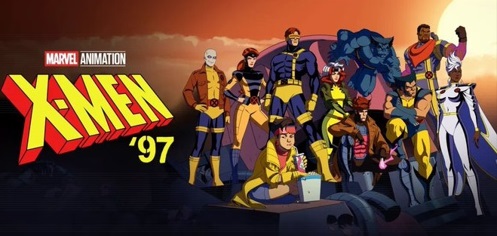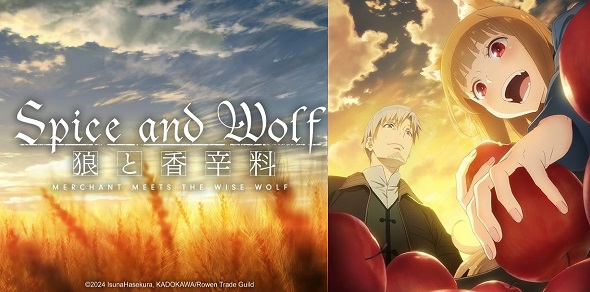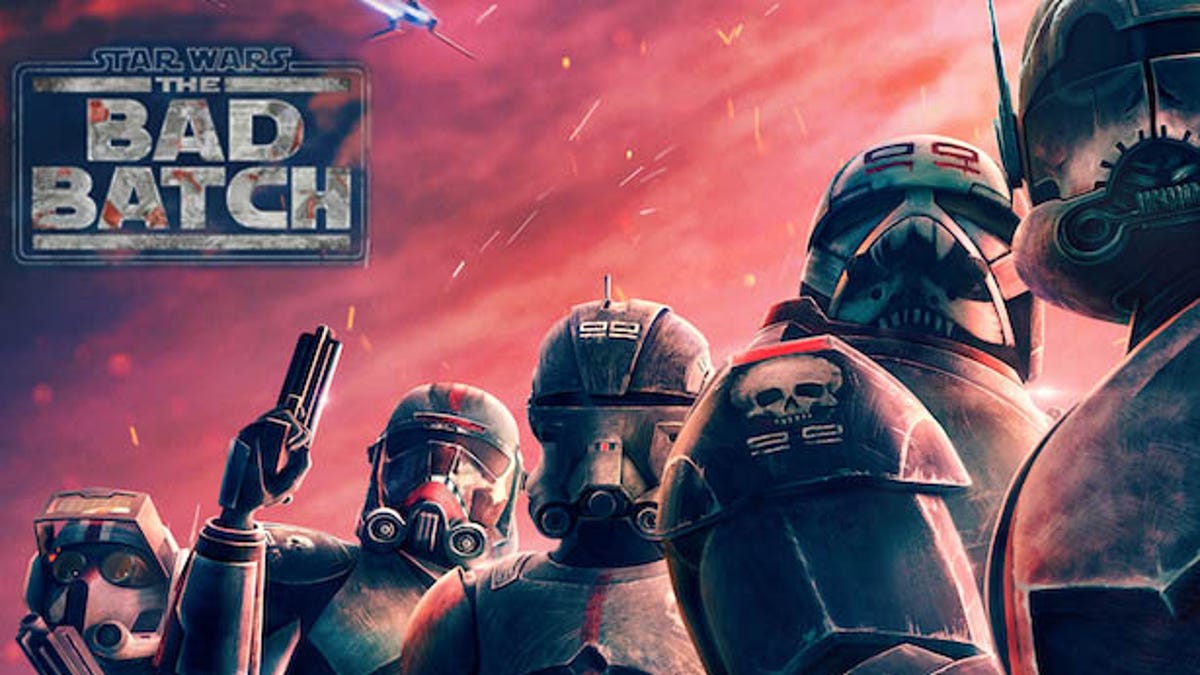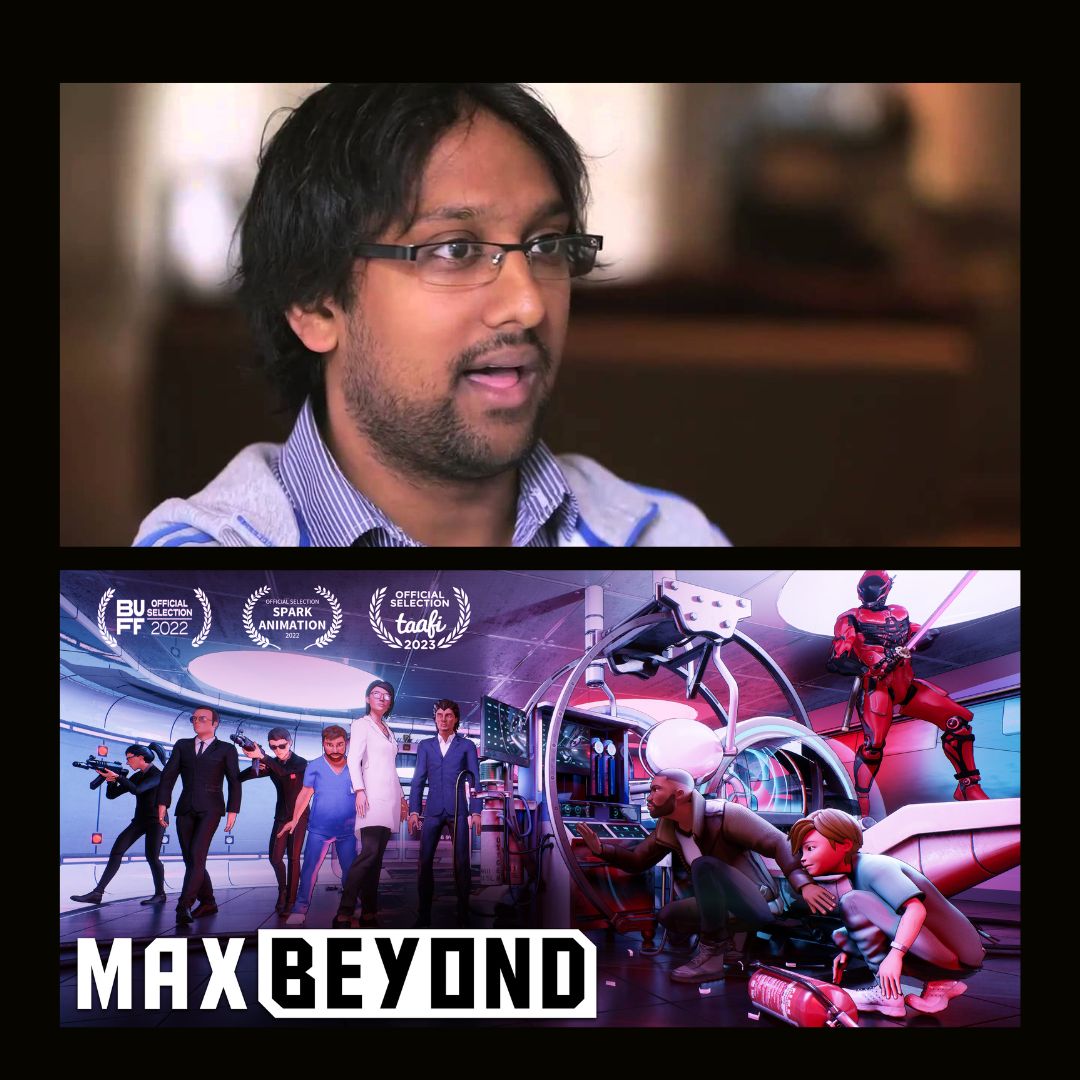Season Review: HarmonQuest Season One
Does the Starburns-produced series carry the quality torch of Seeso animation? Find out in this review.
HarmonQuest, the latest SeeSo original series, dropped all 10 episodes of its first season this past Thursday. As the title makes abundantly clear, this is the latest series from Community creator and Rick and Morty co-creator Dan Harmon. HarmonQuest originated from the podcast Harmontown, episodes of which have often ended in a round of Dungeons & Dragons. Quest is an animated version of those adventures, mixed with live action footage of the tabletop proceedings.
Dungeons & Dragons is sort of, but not exactly, the RPG of choice for HarmonQuest. (The implication seems to be that it would have been too expensive to license.) The credits indicate that the game is actually Pathfinder, which began as an extension of D&D. But that is all beside the point, because HarmonQuest is really “bad improv at a table with pieces of paper in front of each other,” as Harmon puts it. That description sells the show short, though, as improv is HarmonQuest’s biggest strength, considering most of its cast and guest stars have solid backgrounds of creating silly make-em-up’s on the spot.
In addition to Harmon, the cast consists of Whose Line is it Anyway?’s Jeff B. Davis, Erin McGathy, and game master Spencer Crittenden (whom Harmon met when he was looking for a D&D game master in the crowd at Harmontown). Their characters are Fondue Zoobag (Harmon), a half-orc ranger with daddy issues; Boneweevil (Davis), a goblin rogue who keeps it cool; and Buer O’Shift, a human of the Skulltree clan known for her barbarian rage (which consists of hulking muscles and a song of leprechaun-style Irish gibberish).
Their season-long mission consists of tracking down runestones to defeat a beast known as the Manticore. These are typically arcane fantasy RPG elements that are likely not going to win over any D&D converts. Luckily, there is a shaggy dog element to the series in which the main plot matters less than the side adventures. There is a climax, but it is not as important as the interactions between the characters along the way. The actual story thread could very well be more satisfying to D&D veterans, but everyone else need not feel left out.
HarmonQuest, frankly, is more likely to appeal to comedy nerds than fantasy nerds, with a major strength being its rotating band of guest stars. Season 1’s lineup is Paul F. Tompkins, Chelsea Peretti, Steve Agee, Ron Funches, Aubrey Plaza, John Hodgman, Thomas Middleditch, Kumail Nanjiani, Rhea Butcher, Matt Gourley, and Nathan Fillion. The strongest of the bunch are Plaza, Middleditch, and Nanjiani.
Plaza, who appears as the gnome “Hawaiian Coffee” in episode 9, excels thanks to her unpredictability. Her comic strength consists of enigmatic line readings and disorienting energy. She has little to no RPG experience, but she has plenty of willingness to jump in and mess around in ways that are initially worrisome but undoubtedly spring the action forward. Her episode is also notable for how it represents the extent of HarmonQuest’s animated gore – you may want to skip this show if you can’t handle seeing a jaw ripped off.
Middleditch is the most eager to show off much he is an analog RPG veteran. That, combined with his fidgety disposition, makes for a formula in which a fully fleshed fantasy world is achieved within a sentence. In a weird way, his appearance – though fine as it is – might actually have been improved if it just remained as live action and the animation were left up to the imagination.
Nanjiani is not a big RPG player, but fantasy is his favorite genre, and more importantly, he is probably the closest friend to the main cast among all the guest stars. As “Eddie Lizard” the kobold, he finds comedy within the unexamined spaces. He is an opportunist, but an ultra cool one, winning you over as a friend as he basically scams you out of your gold.
With the whole season released at once, viewers can easily pick out just the individual episodes they want, and that would not be entirely unadvisable (just choose your favorite guest star). While there is an overarching season arc, each episode is basically self-contained, and the recaps at the start of each show are fairly detailed. There are a few thematic threads that make the entire season worthwhile, especially Fondue’s insecurity, which gets by on few details, but Harmon manages to wring a lot of pathos by force of personality.
Not only is HarmonQuest like a serial – self-contained adventures, “to be continued” style endings – on an episode-by-episode basis, it is also that way on a scene-by-scene, and line-by-line, basis. That just happens to be the precise nature of tabletop role-playing games. Everybody has to wait their turn before they can decide what to do. On the one hand, this is a problem, because it is unrealistic, and threatens to be plodding. But on the other hand, it is welcome, as it prevents the chaos of overly busy action. Furthermore, realism is not that important, so long as the show maintains its own internal logic.
For the most part, HarmonQuest does pull off that unique logic, and much of that has to do with its meta approach. The players often have to ask Game Master Spencer clarification of gameplay rules, and those questions are presented within the animation, with an animated Spencer providing the answers. So it is not just the performers, but also the characters, doing the asking. Furthermore, there are vocal acknowledgements of story tropes and turns to the “camera.” Harmon does this most often, with cutely on-the-nose remarks like “It’s a living.” But everyone takes part, with Davis mugging for applause and McGathy regularly reiterating her characteristics. The meta bits could get tiresome, but they work, because while they are frequent, they are not overdone.
If there is one thing HarmonQuest should focus on if it gets a second season, it is the editing. The rhyme and reason when switching back and forth between live action and animation does not always make sense. Occasionally, it is amusing to see how a certain action looks while Harmon and Co. are miming it on stage, but there are too many instances when there is no animation for what seem like perfect opportunities to show the final product. It kind of feels like the budget ran out.
HarmonQuest is worth watching for Harmon devotees, especially regular listeners of Harmontown who have been just dying to see a visual representation of the D&D sessions. It is a low-key effort, but it has the sheen of a labor of love. The animation is crisp and expressive, and also just whimsical enough. Moving forward to future episodes, there is room to add that distinct level of ambition that has marked Harmon’s past output. It may be difficult to pull off, considering the randomness of gameplay, but there are wonders that can be done in post-production.
Episode 1 is currently on YouTube, and the entire season is available on Seeso.
























Hi Ashley, thank you so much for reading and we love the feedback. Note that on that day we had 14th posts go up and only ten posts show on the front page, so it's possible the preview had already been archived by the time you got to it. One recommendation would be to add our RSS feed to your favorite news aggregator service like Feedly, this way you get all of the latest posts!